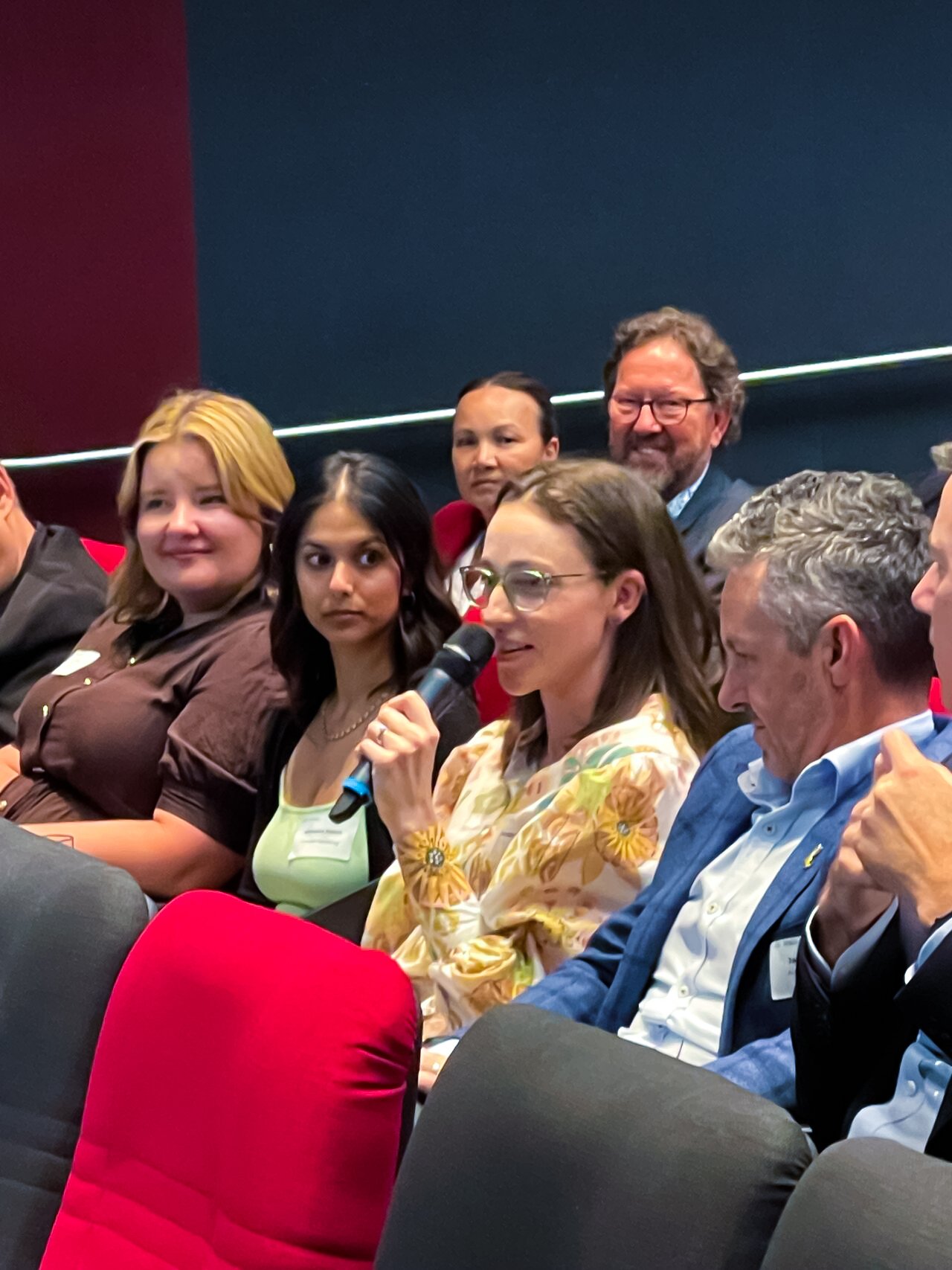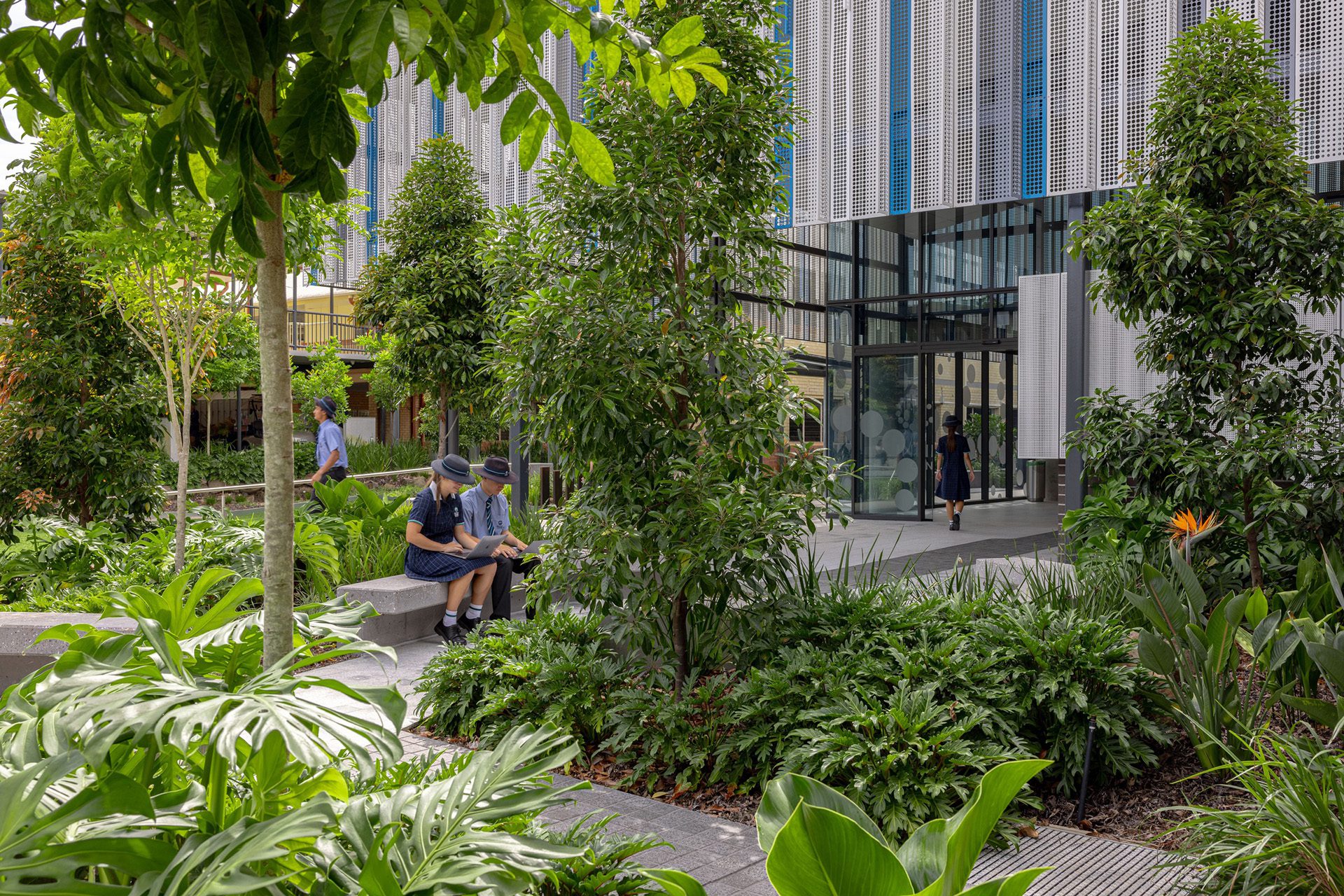‘Towards the Games’ – Preparing Brisbane for 2032
Words — Meredith Hartigan and Tract
Images — The Committee for Brisbane and Tract
Category —Insights
As we race towards the Brisbane 2032 Olympic and Paralympic Games, there is much interest in the city’s readiness to embrace this global event.
Among the commentators keeping track of the big ideas and challenges ahead, are Chris Jones and David ‘Lutsy’ Lutteral, hosts of the ‘Towards the Games’ podcast. In a live recording of the show, hosted by the Committee for Brisbane, Tract Senior Principal Town Planner Meredith Hartigan shared reflections on thesis research she undertook in 2010 – assessing preparedness for a hypothetical 2028 Brisbane Games.
Now a firm reality 15 years on, Meredith shares the findings that have stood the test of time, and will support Brisbane’s trajectory onto the world stage.
Reflections - From Research to Reality
Meredith: ‘The focus of my research was to firstly examine the model process a city or region should take when seeking to become a Games host city. There had been extensive research and commentary published on the success and failure of individual Olympic and Paralympic events, but less oversight on a model process targeted to long term success and capitalisation of the catalytic opportunity of being a Host City. For me, the overarching principle boiled down to legacy – in every step of the decision-making process, legacy must be at the forefront. This rang true in the three key determinants I investigated, being: fit-for-purpose infrastructure, venue clustering and transport.
Back in 2010, I applied these principles to a hypothetical Brisbane 2028 opportunity. While the city has grown and changed in the last 15 years, and the IOC’s requirements and principles have been further updated to support an even stronger focus on sustainability and legacy, the determinants remain sound.’

"The stadium has to have legacy...it's not just about the infrastructure, it's about the places, the precincts and the connectivity to the rest of Brisbane around it."
— Meredith Hartigan, Senior Principal Town Planner and Secretary of The Committee for Brisbane Management Committee.
Testing the Principles - 15 Years On
Meredith: ‘With these key determinants in mind, if applied to Brisbane’s plan for 2032 and beyond, how do we measure up today?
- Fit-for-purpose Infrastructure – While the journey to a delivery plan has been long and arduous at times, the current plan is a plan to ‘…build much more than what’s needed for a few weeks of competition,’1 focusing on maximising existing venues, leveraging investment and embedding legacy. Existing and temporary venues make up a notable portion, and many of the new venues are located in suburban or regional areas where there is a specifically identified community need for additional sports facilities to service growing populations.
- Venue Clustering – Clustering of venues or facilities creates efficiency in Games delivery, but more importantly, allows for the creation of precincts and places that can be activated well outside of major events. Brisbane’s current plan locates multiple major existing/proposed venues and the primary athlete’s village within a 5km radius. This significantly opens up the viability for further enterprises to develop alongside the catalytic investment in the construction and/or renovation of the sports infrastructure.
- Transport – With a significant portion of the Delivery Plan focusing on transport infrastructure, it is fundamentally important that connecting people and places remains at the forefront of the 2032 infrastructure conversation. With strong principles in place for infrastructure and venue clustering, logical, functional and efficient transport networks will ensure the functionality and full realisation of both the infrastructure investment and surrounding precinct opportunities.’
Looking Ahead
Meredith: ‘So, where does that leave us today? It is clear that Brisbane has come a long way on its road to 2032, despite the likely hiccups and hurdles still to come. As a growing region, the 2032 opportunity is catalytic in its potential to transform our future. As this journey continues, it is critical that a focus on legacy remains the primary lens through which we make our decisions to ensure the best possible outcome for the community and the region.’
Meredith Hartigan leads Queensland’s Planning and Urban Design team and co-leads Tract’s national Sports and Recreation Sector. She is Secretary of the Committee for Brisbane Management Committee, Director of Brisbane Open House and Industry Advisory Board Member of the University of Queensland School of Architecture, Design and Planning.
12032 Delivery Plan, Queensland State Government



